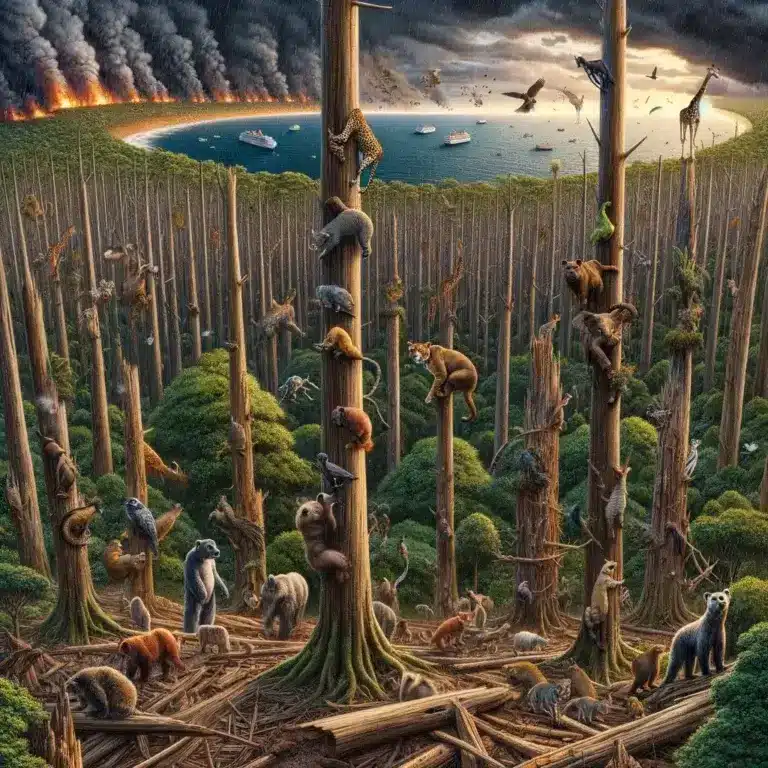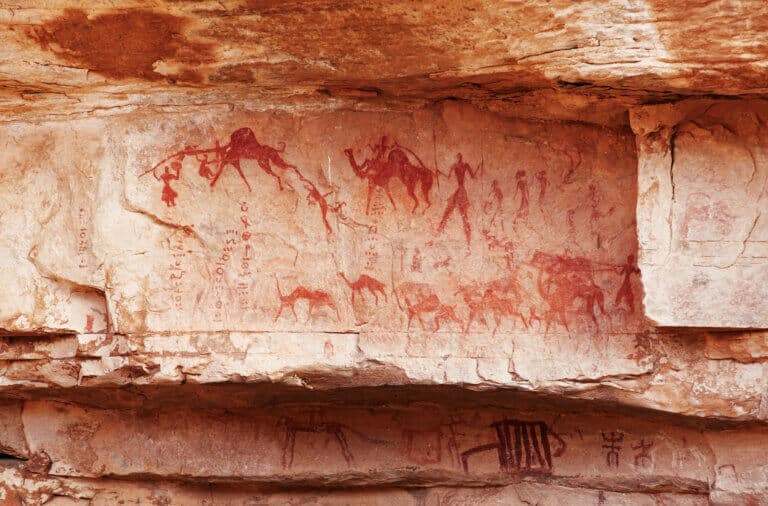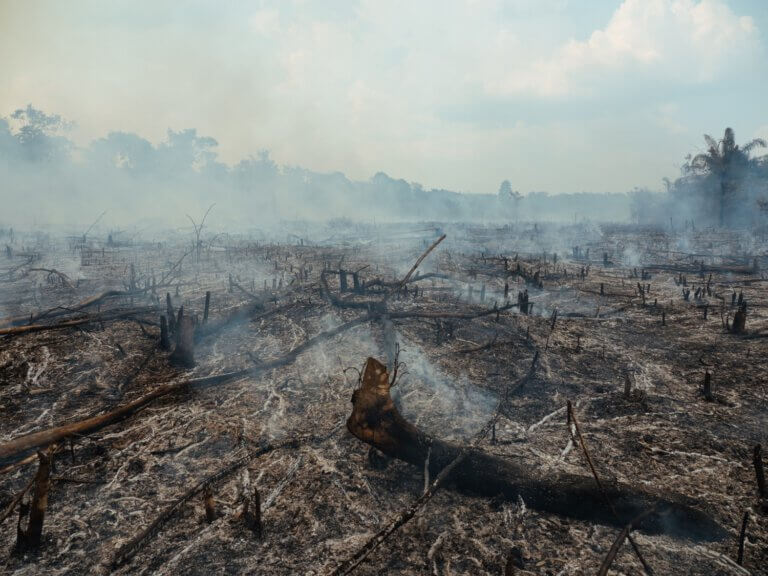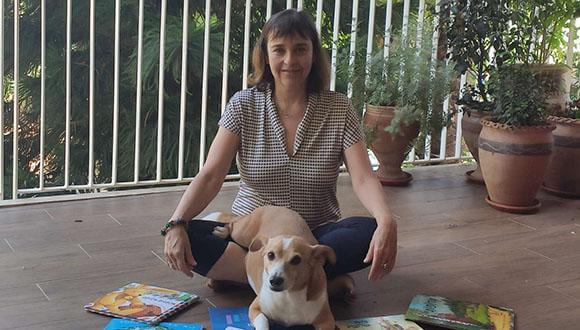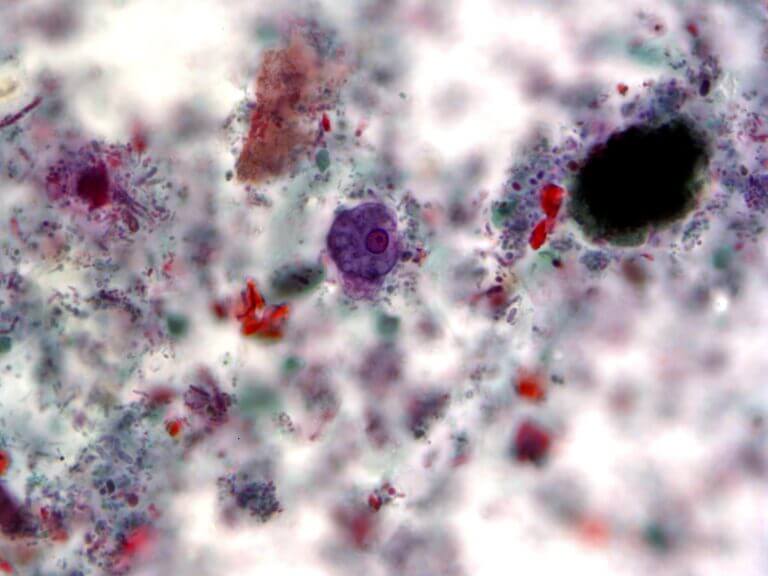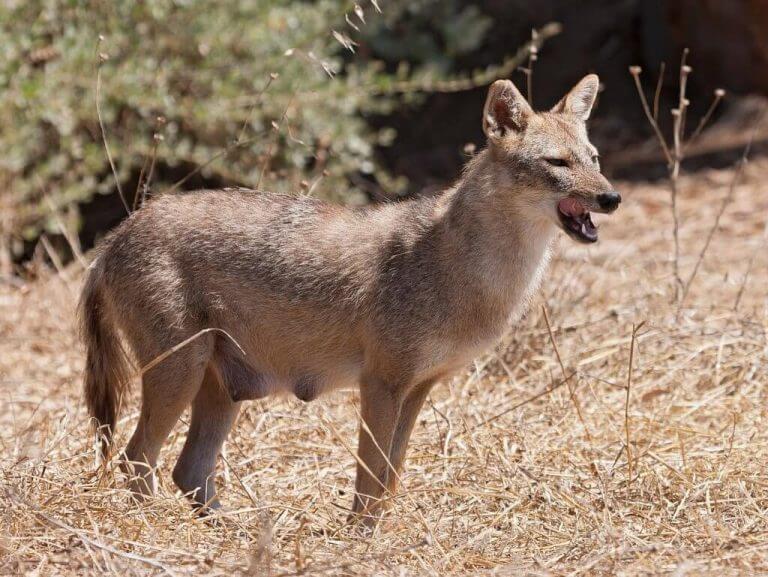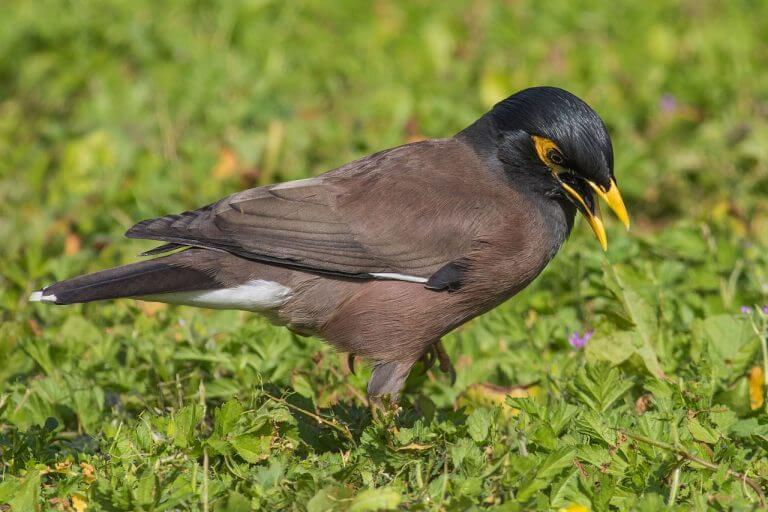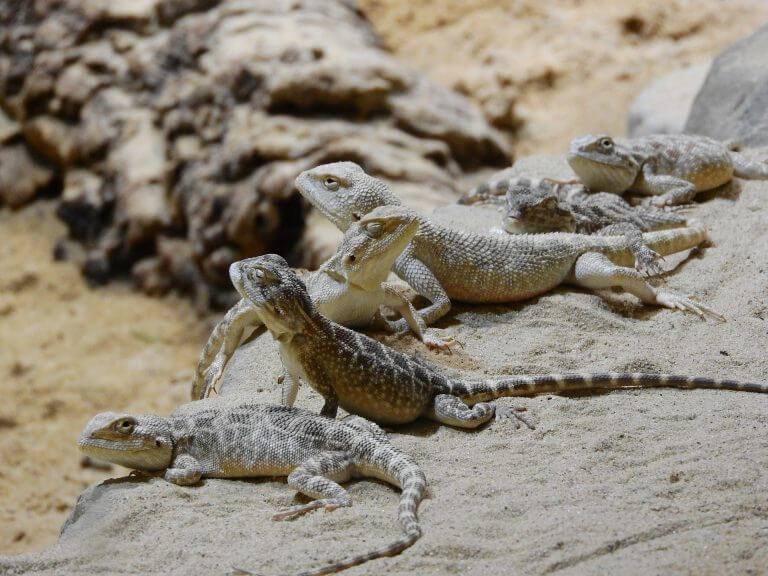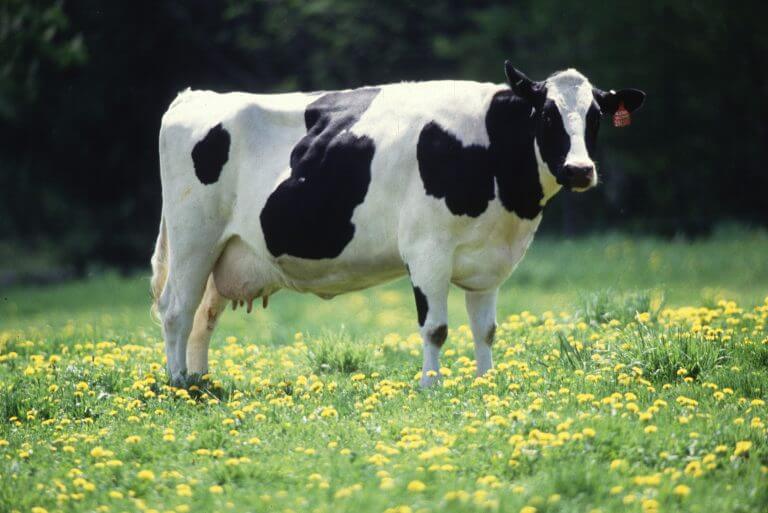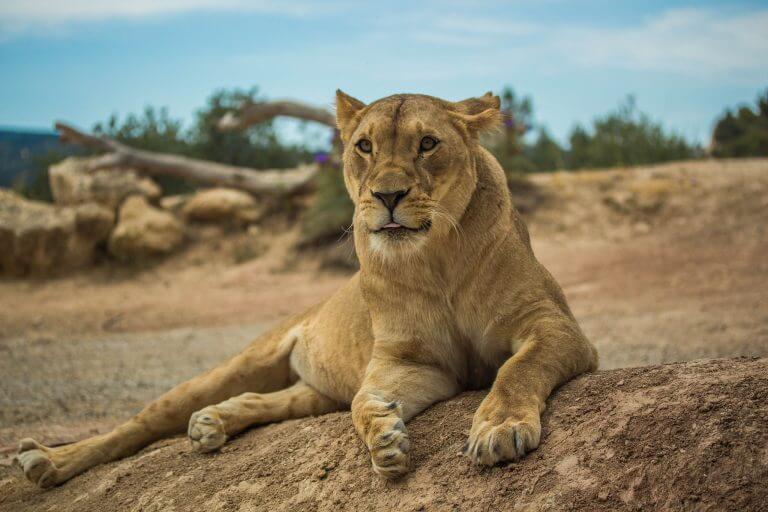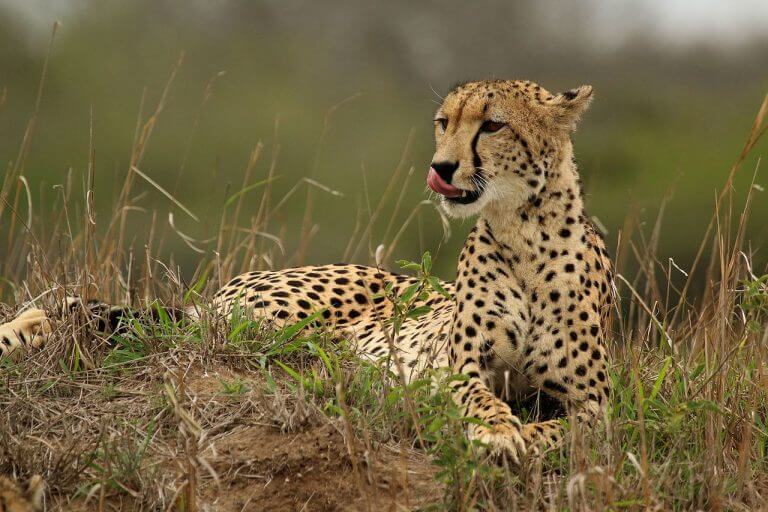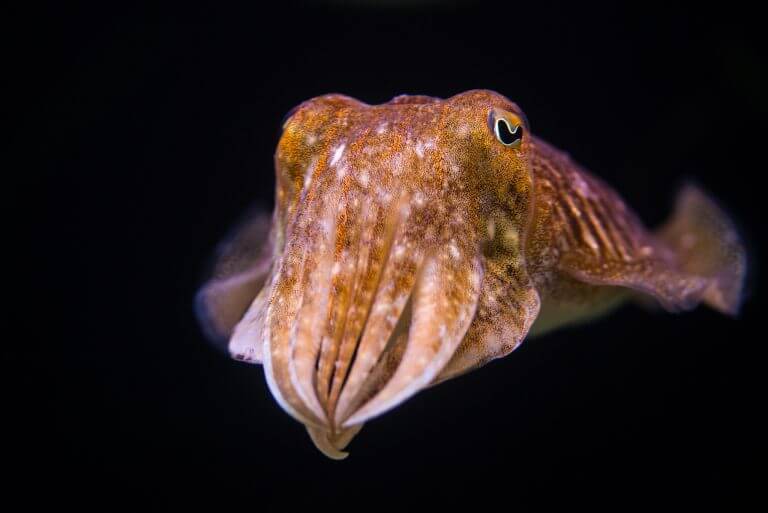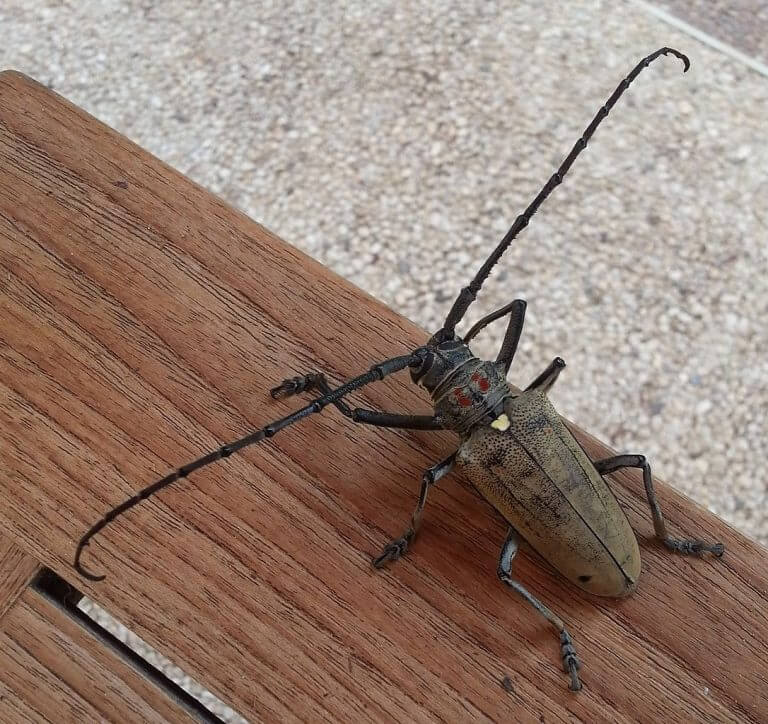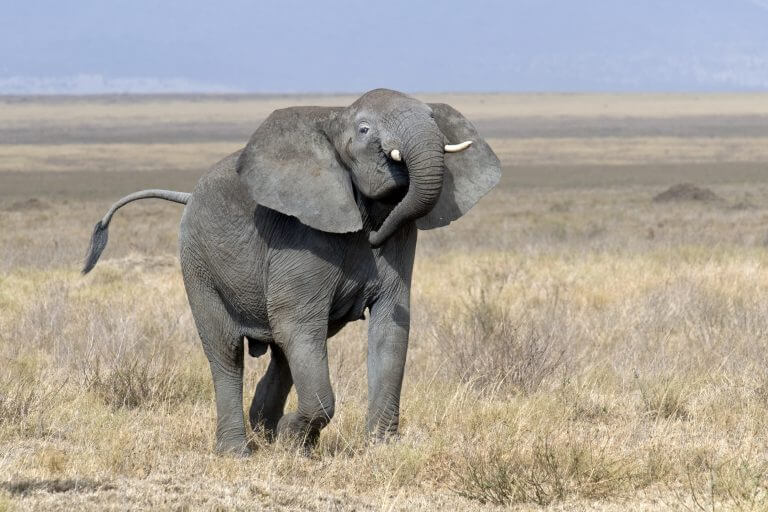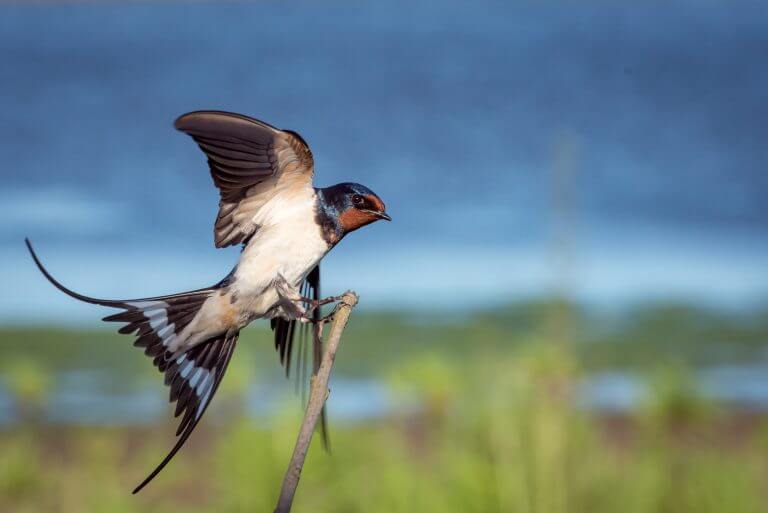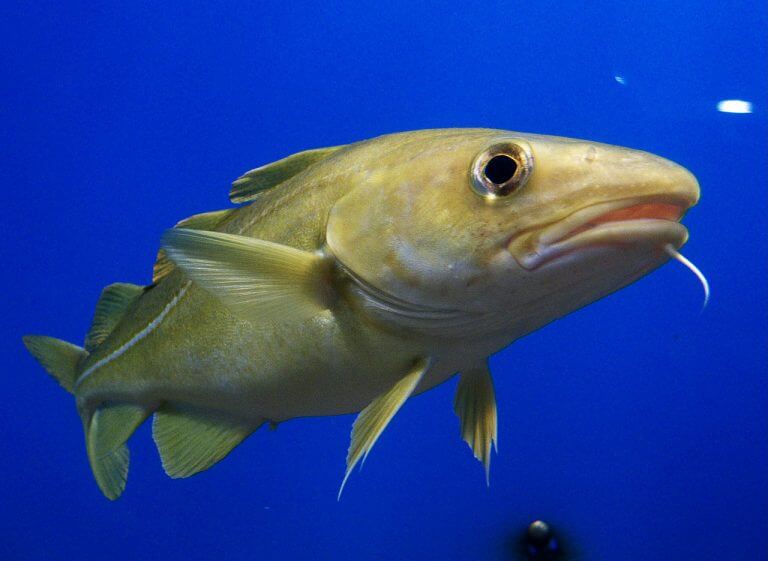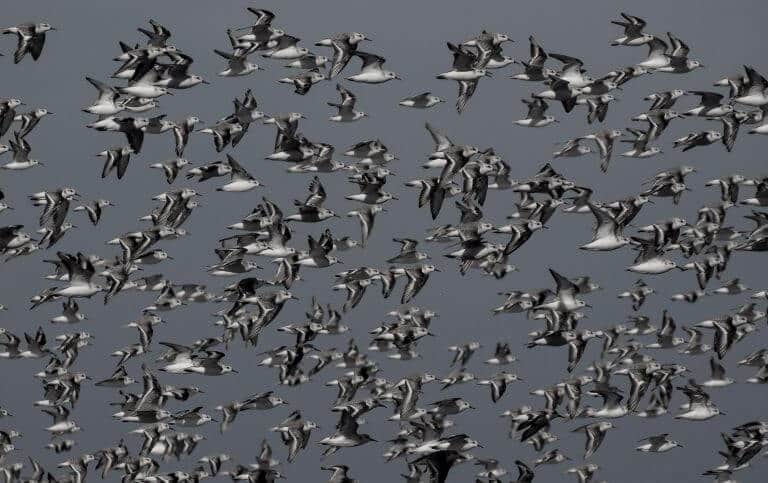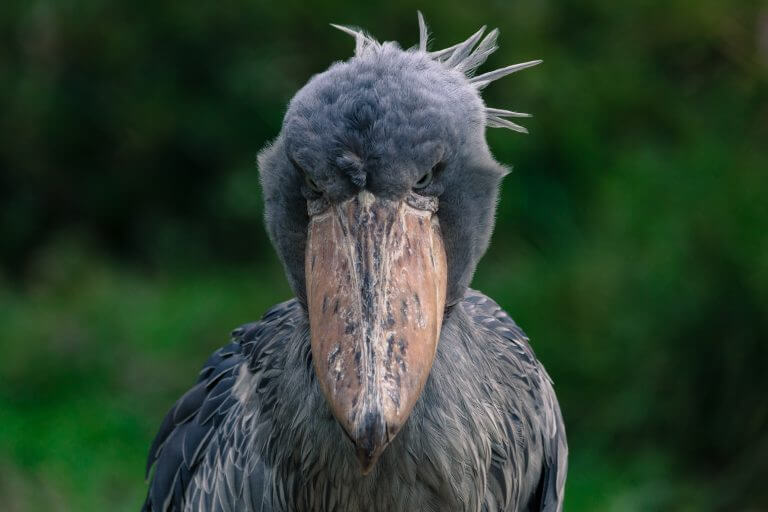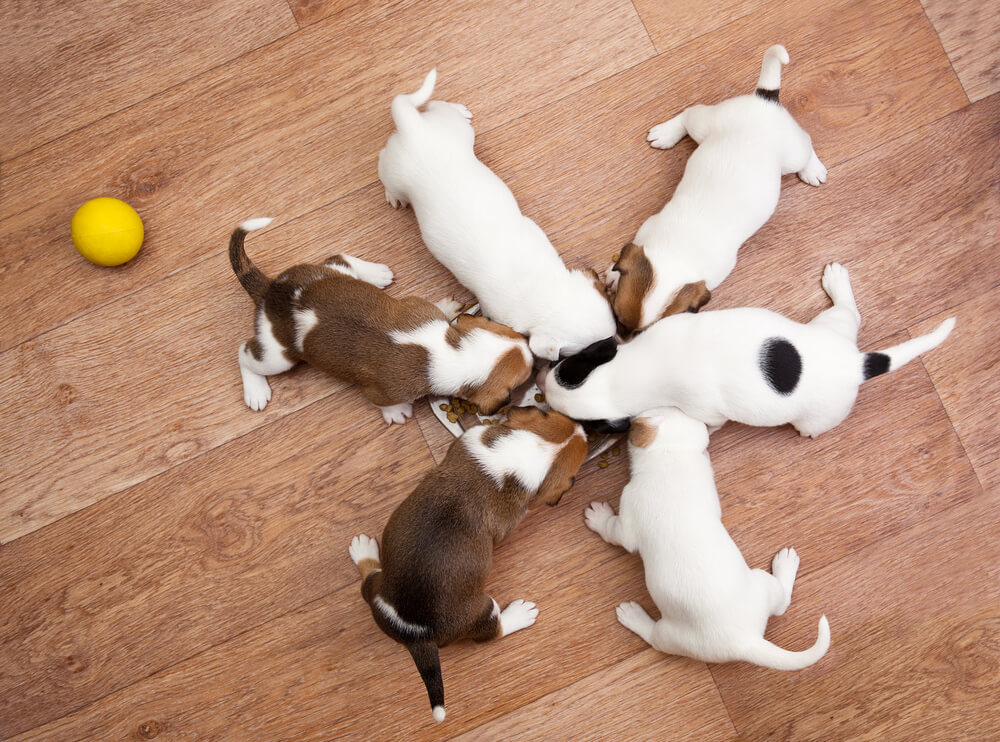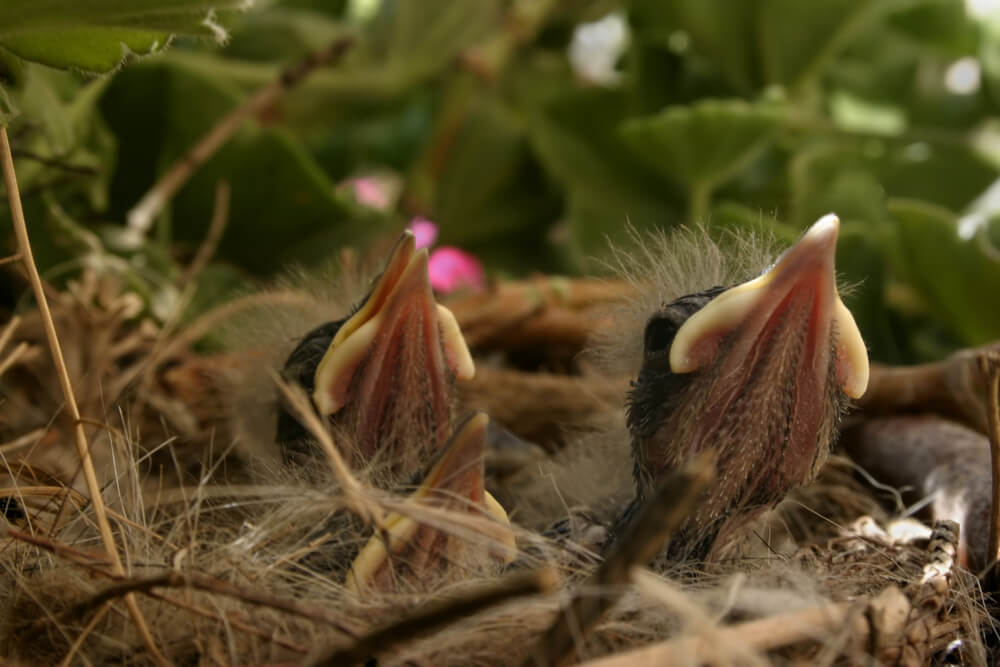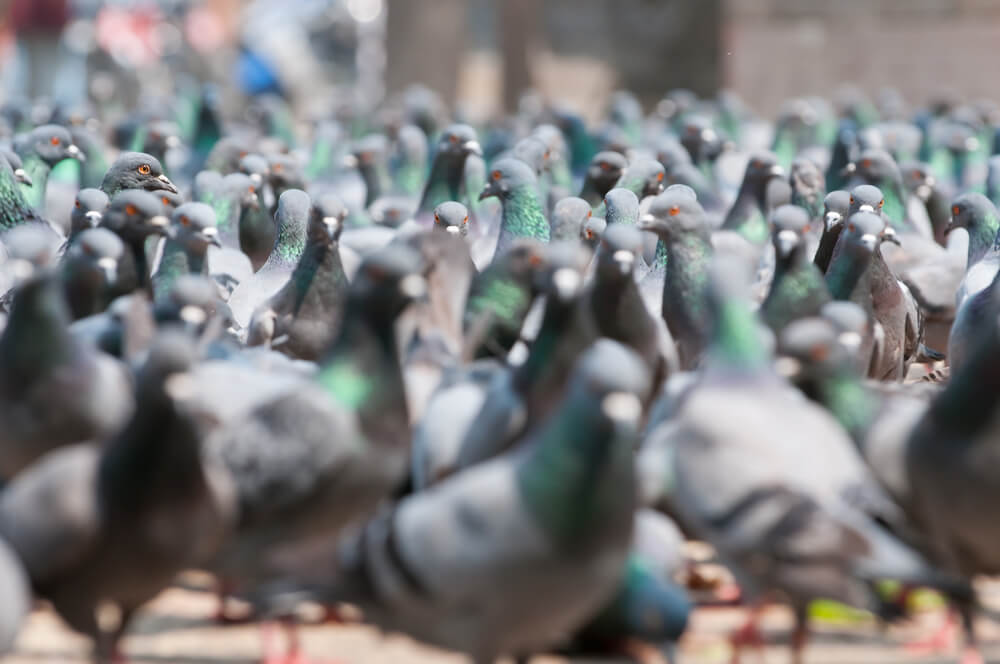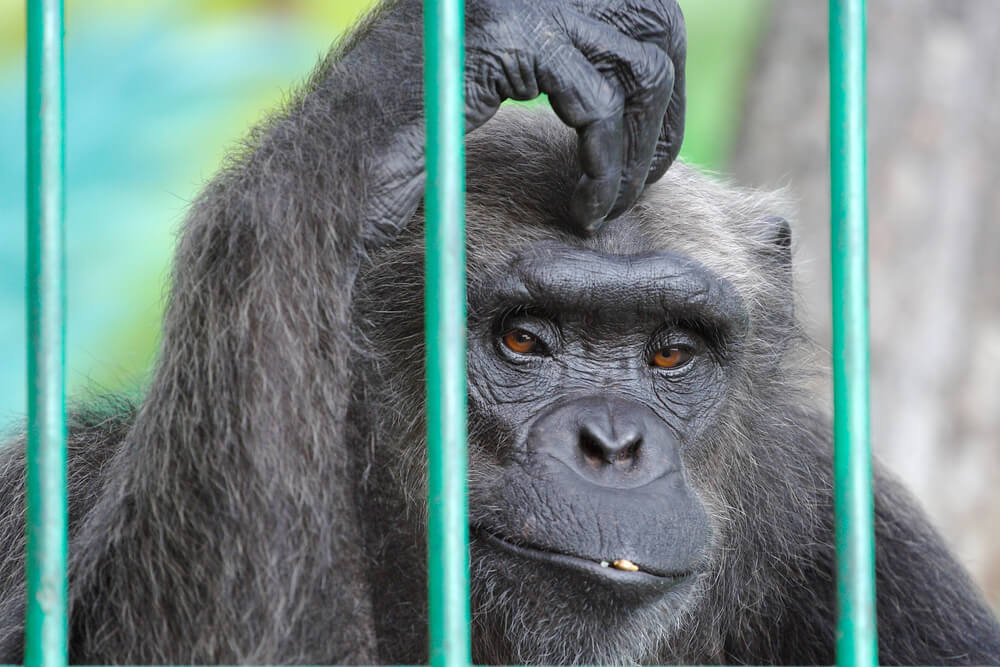Hayadan > Animals
Animals
- Tel Aviv University
- March 30, 2024
New study: The combination of global warming and deforestation may lead to the mass extinction of animal species
- Tel Aviv University
- September 12, 2023
The need to hunt small animals caused prehistoric man to improve his mental abilities in order to perfect his hunting tools
- Weizmann Institute
- August 17, 2023
The new system was discovered in bacteria - but is also used in corals, bees and others
- Science site The Conversation
- June 16, 2023
- 2 תגובות
What will happen to all our stuff? What will happen to our homes, our schools, our neighborhoods, our cities? Who will feed the dog? Who will cut the grass? Although it's a common theme in movies, TV shows, and books, the end of humanity is still a strange thing to think about
- Angle - a news agency for science and the environment
- April 11, 2023
A transformation is currently taking place in the Amazon forest, and behind it stands a researcher: Prof. Paulo Artaxo, one of the most important scientists in the world, put together the plan that is currently being implemented in Brazil to rehabilitate and glorify the wounded rain forest. On the occasion of his visit to Israel, he tells how change is being made, explains why the deforestation carried out by the Bolsonaro government was against the constitution - and in fact unnecessary, and delivers a message as clear as the sun in the forest: "It's not too late yet"
- Tel Aviv University
- October 10, 2020
- No comments
Who instilled the stigmas that the fox is cunning, the wolf is evil and the donkey is stupid? The answer to this lies in the problematic way in which animals are presented in the culture of children and youth
- Yoram Soreq
- August 28, 2020
- One response
Two questions will occupy us in this column, both of which concern the relationship between the whole and its parts. Let's start with Nir's philosophical questioning: in the animal world (fish, reptiles, mammals and birds) we know that all the organs of the body serve the brain, without a brain the rest of the body has no right to exist. But what happens in the plant world? On which part of the tree can it be said that all the other parts serve it?
- Angle - a news agency for science and the environment
- January 28, 2018
- No comments
- Angle - a news agency for science and the environment
- January 16, 2018
- 11 תגובות
- Angle - a news agency for science and the environment
- October 20, 2017
- 2 תגובות
- Angle - a news agency for science and the environment
- September 13, 2017
- No comments
- Ben-Gurion University
- August 25, 2017
- 3 תגובות
- Dr. Asaf Rosenthal
- August 21, 2017
- 7 תגובות
- Dr. Asaf Rosenthal
- August 14, 2017
- 5 תגובות
- Tel Aviv University
- July 21, 2017
- One response
- Young Galileo
- July 14, 2017
- 7 תגובות
- Scientific American Israel
- April 14, 2017
- 2 תגובות
- Ben-Gurion University
- April 9, 2017
- One response
- Angle - a news agency for science and the environment
- April 4, 2017
- No comments
- Angle - a news agency for science and the environment
- February 17, 2017
- No comments
- The Israeli Biomimicry Organization
- November 9, 2016
- No comments
- Young Galileo
- November 22, 2015
- One response
- Young Galileo
- July 26, 2015
- The Israeli Biomimicry Organization
- February 7, 2015
- 10 תגובות
- Scientific American Israel
- October 23, 2013
- 12 תגובות

